Sewer Inspection / Camera Sewer Scope – Proactive Protection Against Costly Backups
Your home’s main sewer line is a critical, yet often unseen, component of its plumbing system. Problems within this line can lead to devastating and expensive sewage backups, foul odors, and significant property damage. At Flinn Inspection Group, our Sewer Inspection / Camera Sewer Scope service offers a non-invasive, high-tech solution to peer into your home’s main drain, providing early detection of potential issues before they escalate into costly emergencies.
Why Inspect Your Sewer Line? The Hidden Risks
Unlike visible plumbing, the main sewer line runs underground, often from your home to the municipal sewer system or septic tank. This hidden nature means that problems can develop unnoticed for years until a major blockage or collapse occurs. Common issues that plague sewer lines include:
Tree Root Intrusion:
Tree roots naturally seek water and can infiltrate tiny cracks in pipes, growing and eventually causing severe blockages and pipe damage.
Cracked or Broken Pipes:
Shifting soil, ground freezing and thawing, age, or poor installation can lead to cracks, breaks, or even collapses in the sewer line.
Blockages:
Accumulation of grease, debris, non-flushable items, or foreign objects can create significant clogs.
Improper Slope (Bellied Pipes):
Sections of the pipe can sag or “belly,” allowing water and waste to collect, leading to recurring blockages.
Corrosion/Deterioration:
Older pipes, especially those made of cast iron or clay, can corrode, rust, or deteriorate over time, leading to leaks and structural failure.
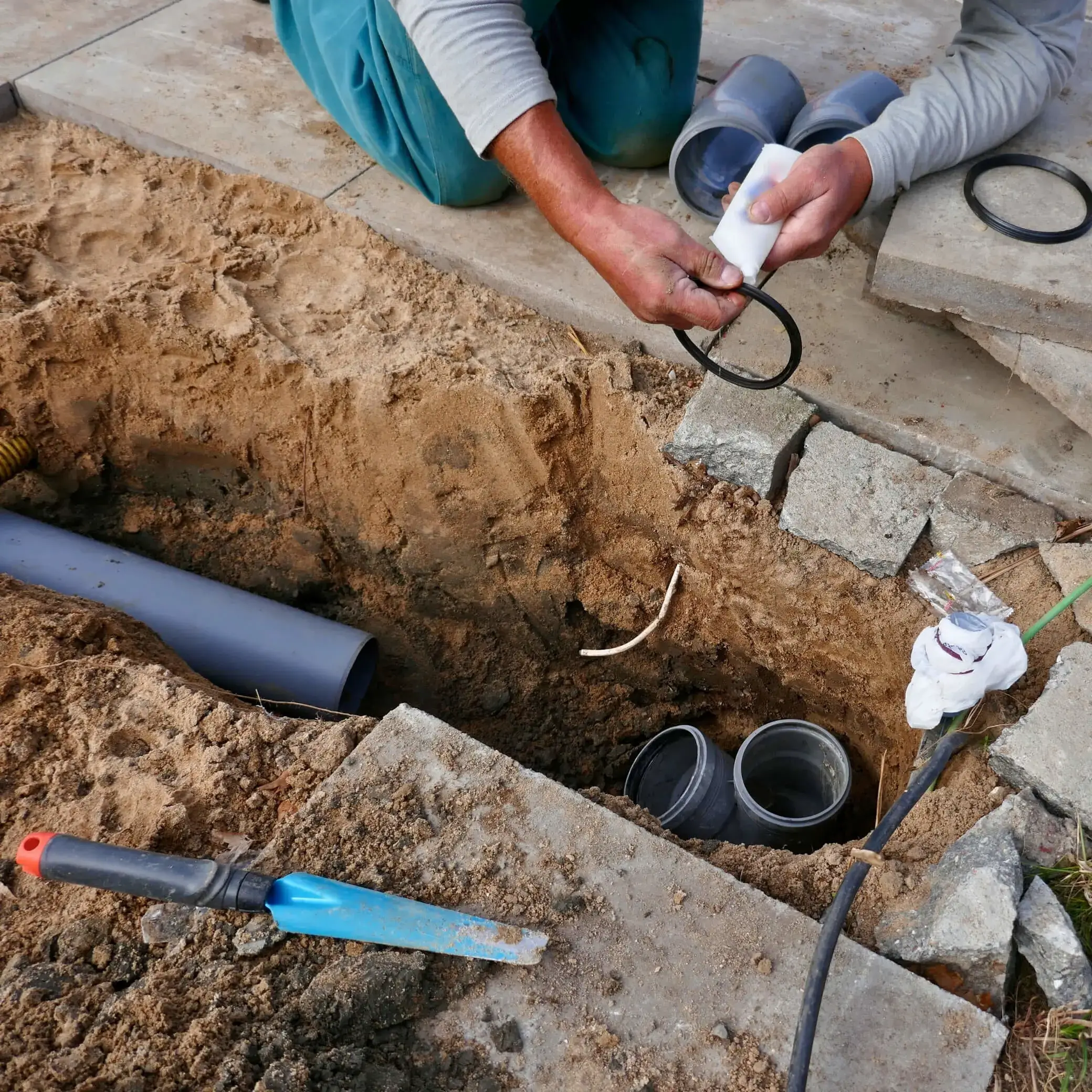
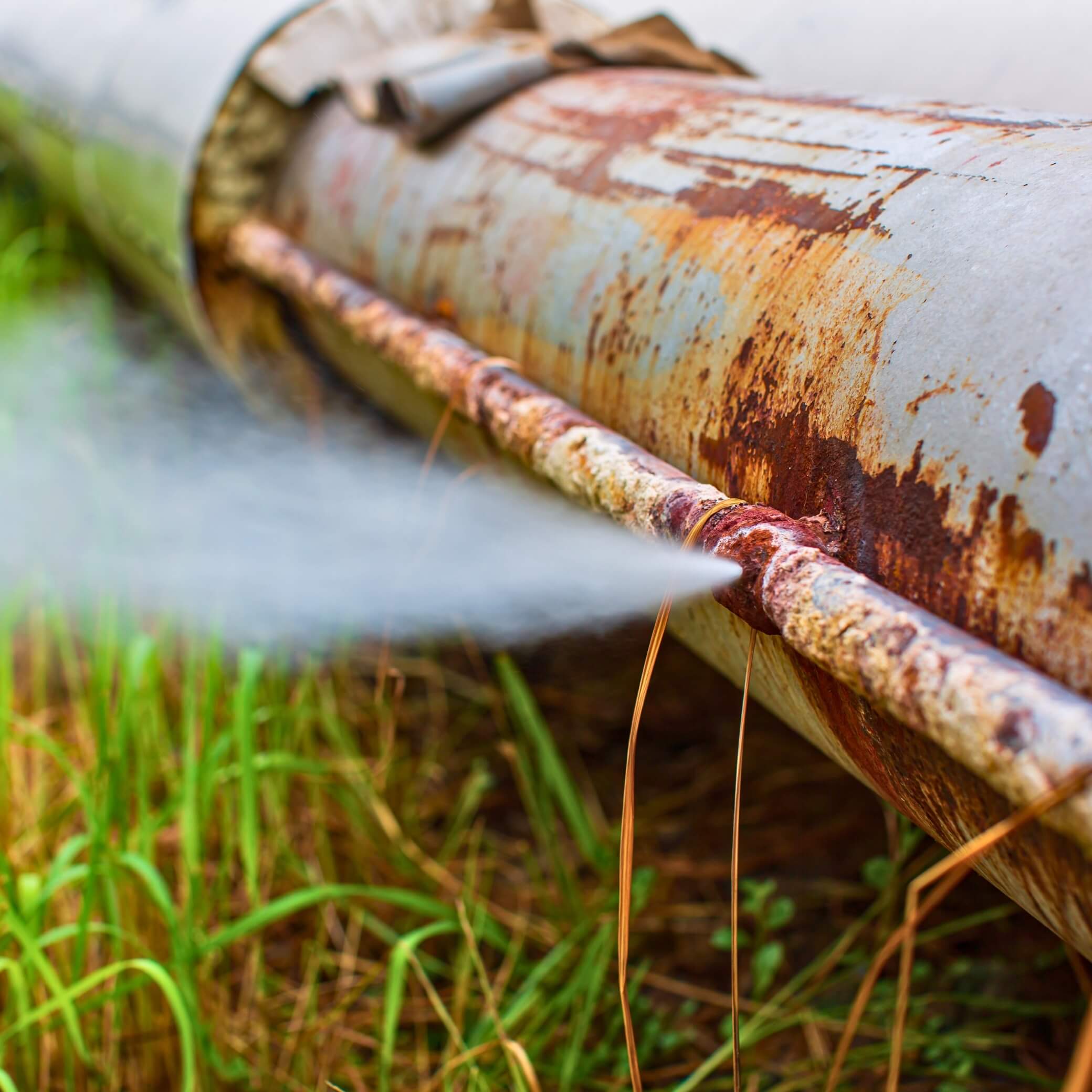
Detecting these issues early, especially before purchasing an older home or if you suspect existing problems, can save you thousands in future repair costs and prevent unpleasant sewage disasters.
Our Advanced Camera Sewer Scope Process:
Flinn Inspection Group utilizes cutting-edge technology to provide a clear, real-time view of your sewer line’s condition:
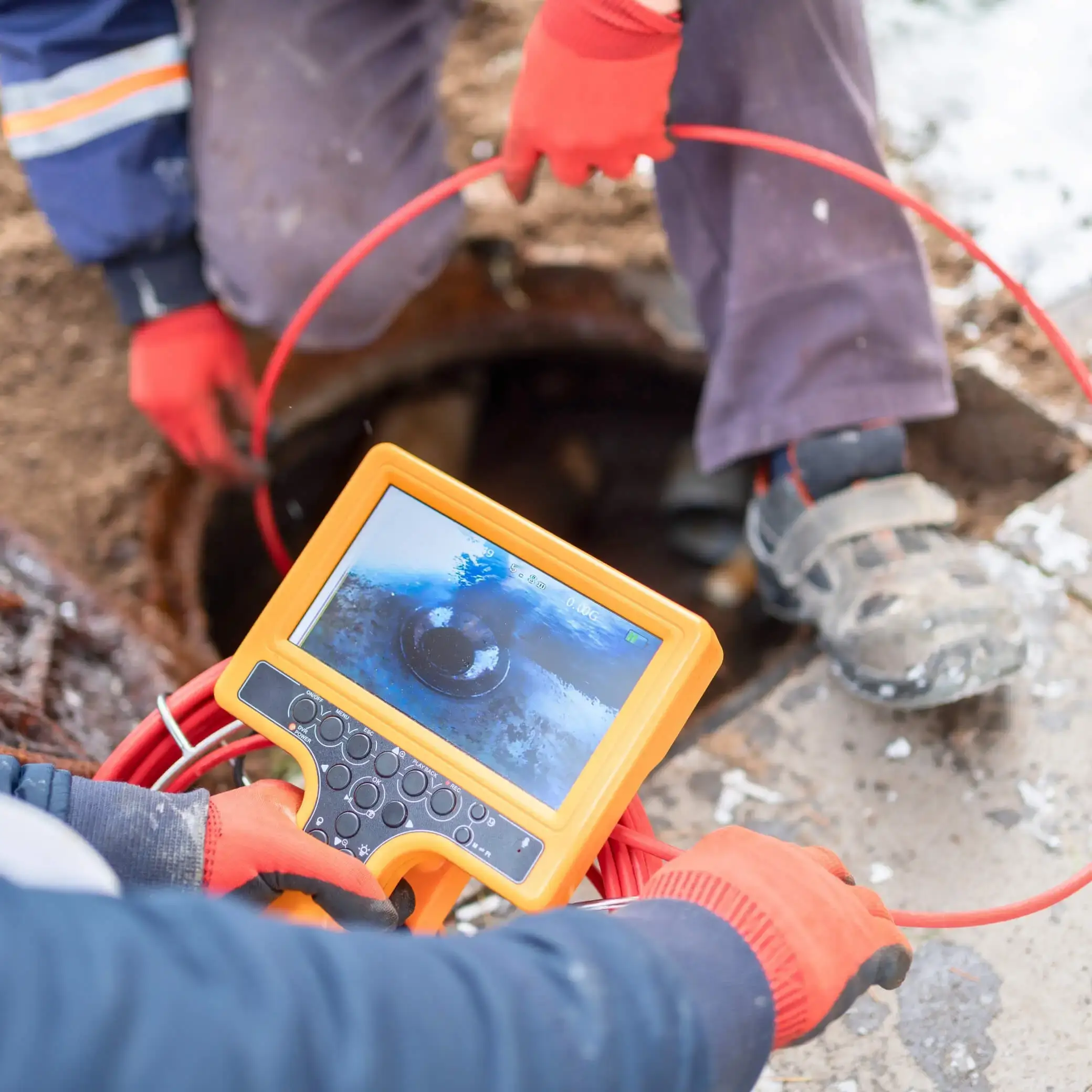
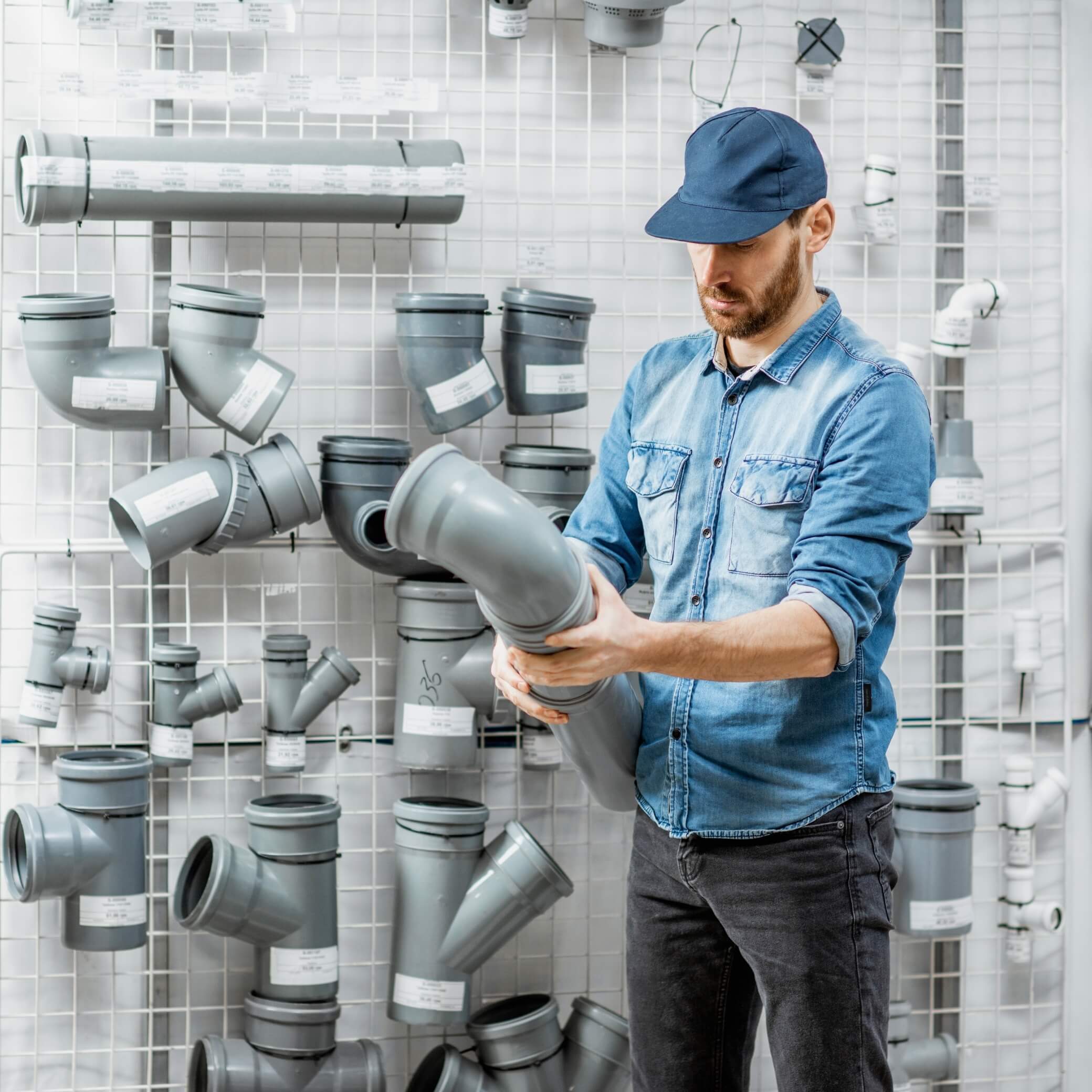
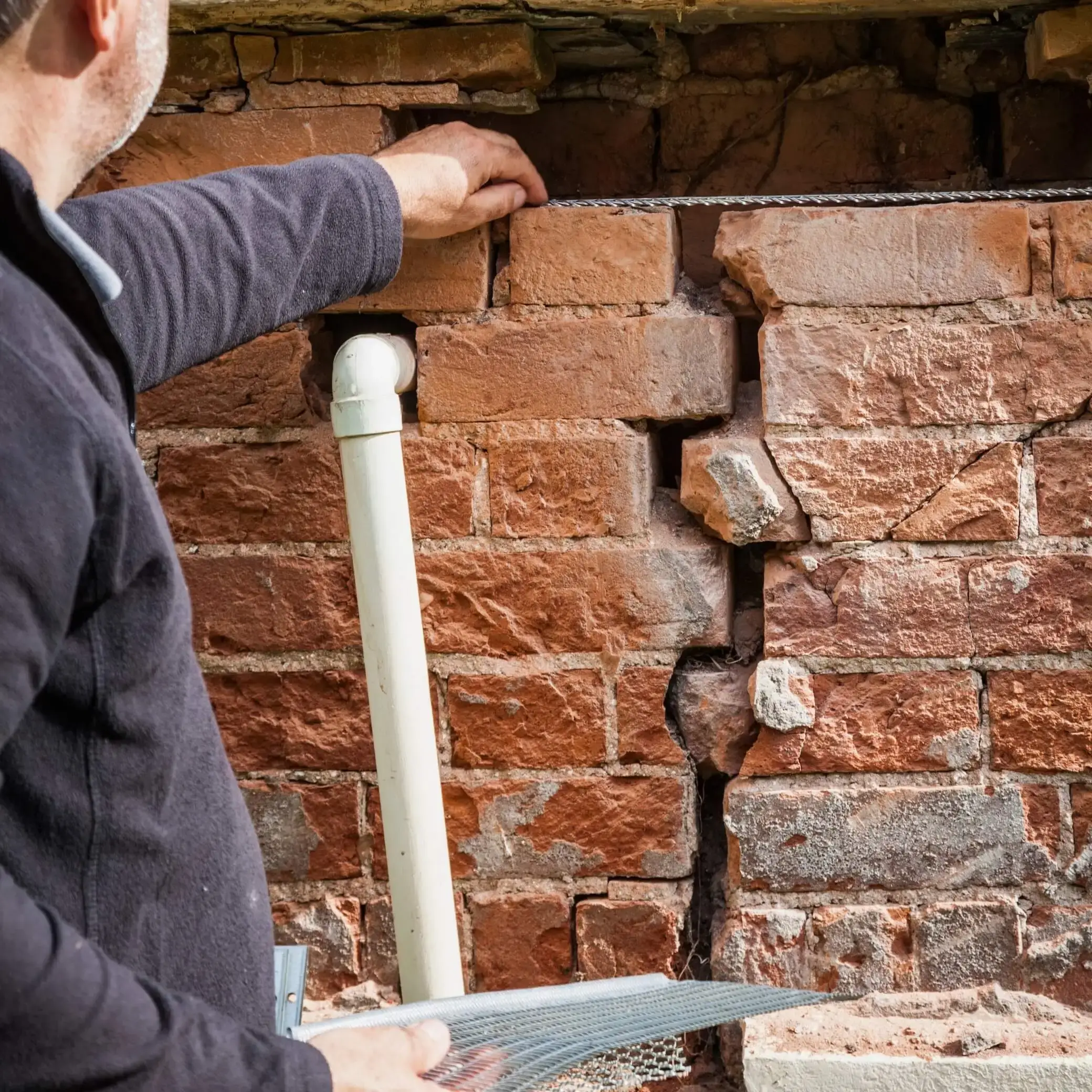
Detecting Hidden Issues
This advanced visual inspection effectively identifies:
-
Blockages:
Locating the precise position and nature of clogs.
-
Tree Root Intrusion:
Clearly showing where roots have penetrated the pipe.
-
Improper Slope (Bellied Pipes):
Revealing sagging sections where waste may accumulate.
-
Cracked, Broken, or Collapsed Pipes:
Identifying structural damage to the pipe walls.
-
Corrosion or Deterioration:
Assessing the overall condition and age-related wear of the piping material.
-
Foreign Objects:
Spotting items that may have been flushed down, causing obstructions.
Frequently Asked Questions (FAQs)
What is a Sewer Inspection / Camera Sewer Scope?
It’s a non-invasive inspection where a waterproof video camera is inserted into your main sewer line to visually examine its interior. The goal is to detect potential problems like blockages, root intrusion, cracks, or improper pipe alignment that could lead to costly sewage backups.
Why should I get a sewer inspection?
Sewer lines are hidden underground, so problems can go unnoticed for years. A camera inspection can identify issues early, preventing expensive and messy sewage backups. It’s especially recommended for homes over 20 years old, properties with large trees nearby, or when purchasing a new home.
Is this service part of a standard home inspection?
No, a sewer camera inspection is a specialized service and is not typically included in a standard full home inspection. It is an optional add-on that we highly recommend due to the potential cost of sewer line repairs.
How long does a sewer camera inspection take?
The duration can vary depending on the length and complexity of the sewer line, but most inspections can be completed within 30 minutes to 1.5 hours.
What kind of issues can a sewer camera inspection detect?
It can detect:
- Tree root blockages or intrusion
- Cracks, breaks, or collapses in the pipe
- Bellied (sagging) sections of the pipe
- Corrosion or deterioration of old pipes
- Grease or debris blockages
- Misaligned pipe sections (offset joints)
- Foreign objects in the line
What happens if a problem is found during the sewer inspection?
If an issue is detected, our inspector will explain the findings and their potential implications. Our report will document the problem, its nature, and its approximate location. This information is invaluable for negotiating repairs if you’re buying a home, or for consulting with a plumbing professional for remediation if you already own the property.
Can a sewer inspection prevent future sewer problems?
While it can’t prevent every future issue, it can certainly help you address existing problems before they turn into emergencies. By identifying potential failure points, you can take proactive steps to repair or maintain the line, significantly reducing the risk of unexpected and costly backups.
Does the inspector perform repairs if issues are found?
No, our role is solely inspection and reporting. We do not perform any repairs or mitigation. If issues are found, we recommend consulting with a licensed plumbing contractor for professional repair services.



